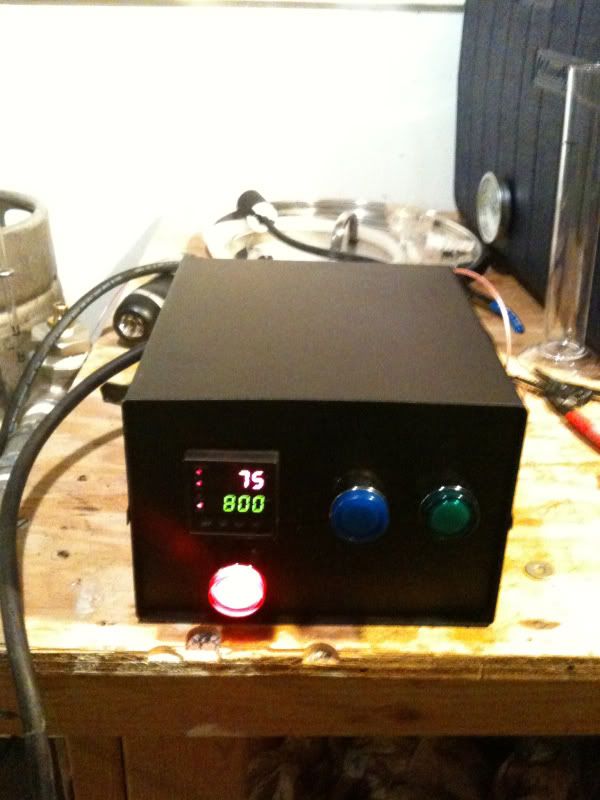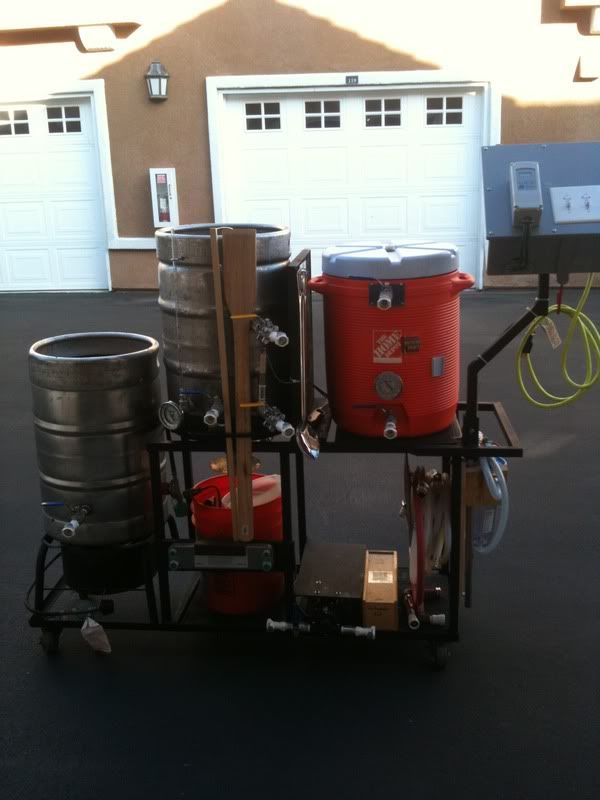- Joined
- Nov 18, 2008
- Messages
- 2,058
- Reaction score
- 25
Which one of you to believe? LOL
Yea, I gotta learn to ignore the work falling down around me and pay more attention to HBT. Had I been a little quicker, maybe we wouldn't have both answered. But at least I think we both said the same thing
Ed











































![Craft A Brew - Safale BE-256 Yeast - Fermentis - Belgian Ale Dry Yeast - For Belgian & Strong Ales - Ingredients for Home Brewing - Beer Making Supplies - [3 Pack]](https://m.media-amazon.com/images/I/51bcKEwQmWL._SL500_.jpg)

















